Home>Garden Essentials>How Long Does It Take To Grow Carrots From Seeds
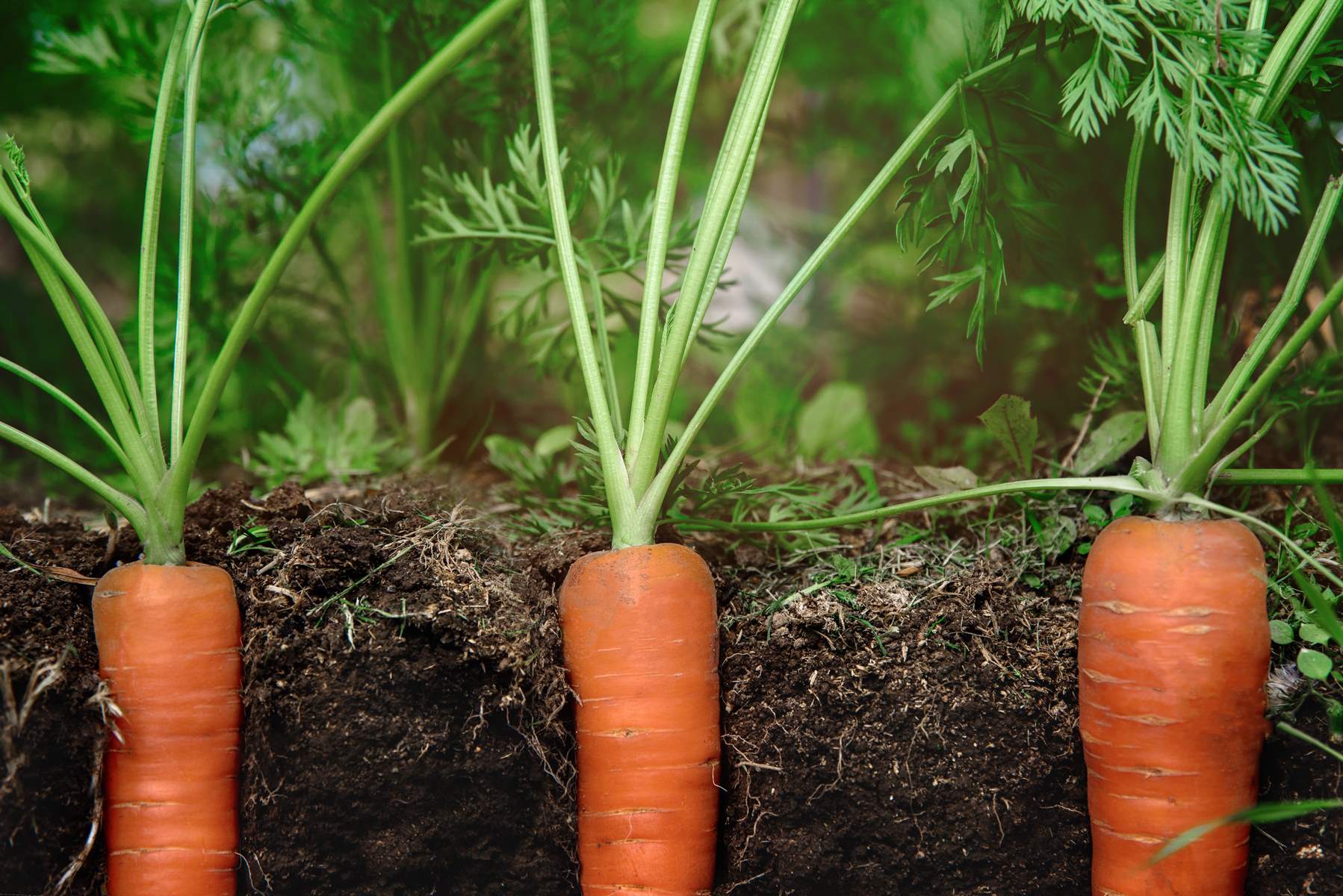

Garden Essentials
How Long Does It Take To Grow Carrots From Seeds
Modified: August 17, 2024
Learn how long it takes to grow carrots from seeds in your garden and start enjoying your fresh homegrown vegetables. Get tips and advice from experienced gardeners.
(Many of the links in this article redirect to a specific reviewed product. Your purchase of these products through affiliate links helps to generate commission for Storables.com, at no extra cost. Learn more)
Introduction
Carrots are a popular and versatile vegetable that can be grown in home gardens. Whether you’re a beginner gardener or a seasoned pro, understanding the growth cycle of carrots and how long it takes to grow them from seeds is essential. Growing carrots from seeds can be a rewarding experience, but it requires patience and proper care.
In this article, we will explore the different stages of carrot growth, from germination to root development. We will also discuss the factors that affect carrot growth rate and provide an estimate of the time it takes for carrots to reach maturity from seeds.
So if you’re ready to embark on a journey of growing your own delicious and nutritious carrots, let’s dig in!
Key Takeaways:
- Carrots take approximately 70 to 90 days to grow from seeds, but this can vary based on factors like temperature and carrot variety. Understanding the growth stages and providing proper care are essential for a successful harvest.
- Factors such as temperature, soil moisture, and sunlight exposure can affect the growth rate of carrots. By managing these factors and practicing proper care, you can optimize the growth of your homegrown carrots.
Read more: How Long For Carrots To Grow From Seed
The Growth Cycle of Carrots
Understanding the growth cycle of carrots is crucial for successful cultivation. Carrots go through several stages of growth, each with its own specific requirements. Let’s take a closer look at each stage:
Germination Stage
The first stage of carrot growth is germination. It begins when you sow the carrot seeds in the soil. Carrot seeds require optimal conditions to sprout, including adequate moisture, warmth, and oxygen. Once the seeds imbibed water, they begin to swell and eventually crack open, allowing the tiny carrot seedlings to emerge.
Seedling Stage
After germination, the carrot seeds develop into seedlings. In this stage, the focus is on establishing a strong root system and developing the first few leaves. Proper care and maintenance are essential during this stage, including regular watering, protection from extreme weather conditions, and providing adequate nutrients.
Vegetative Stage
The vegetative stage is when the carrot plants start to grow larger and produce more leaves. The leaves play a vital role in photosynthesis, converting sunlight into energy for plant growth. It is important to provide the carrot plants with sufficient sunlight exposure and regular watering to ensure healthy leaf development.
Root Development
As the carrot plants continue to grow, the focus shifts towards root development. Carrots are known for their long taproots, which require loose soil to penetrate easily. During this stage, it is important to provide adequate spacing between carrot plants to allow room for proper root development. It is also crucial to keep the soil consistently moist to prevent the carrots from becoming stunted or developing woody cores.
Throughout the growth cycle, regular maintenance tasks such as weeding, pest control, and soil fertilization are essential for optimal carrot growth. Now that we understand the different stages of carrot growth, let’s explore the factors that can affect the rate at which carrots grow.
Germination Stage
The germination stage is the beginning of a carrot’s life cycle. It is the moment when the tiny carrot seeds start to sprout and develop into seedlings. Understanding the germination process is crucial for successfully growing carrots from seeds.
Carrot seeds require specific conditions to germinate successfully. First and foremost, they need moisture to activate their biochemical processes. Adequate watering is essential to ensure that the soil is consistently moist during the germination stage. However, it is crucial to avoid overwatering, as excessive moisture can cause the seeds to rot or fail to germinate.
In addition to moisture, carrot seeds also require the right temperature range to germinate. Generally, the ideal temperature for carrot germination falls between 60°F (15°C) and 75°F (24°C). Cooler temperatures may prolong the germination process, while higher temperatures can inhibit germination or cause poor seedling development.
Carrot seeds also need oxygen to germinate. It is important to ensure that the soil is well-drained, allowing for proper aeration and preventing the seeds from suffocating. Loose, well-tilled soil provides the best environment for the tiny carrot seeds to develop and grow.
Once the carrot seeds have imbibed water and absorbed sufficient moisture, they will begin to swell and crack open. This process is known as scarification and allows the tiny carrot seedlings to emerge. The emergence of the seedlings is a sign that germination has occurred and your carrots are beginning their journey towards maturity.
During the germination stage, it is crucial to protect the emerging seedlings from extreme weather conditions. If temperatures drop too low or if there is a risk of frost, covering the soil with a protective layer, such as a row cover or a layer of mulch, can help insulate the seeds and prevent damage.
Patience is key during the germination stage, as it can take anywhere from 7 to 21 days for carrot seeds to germinate. Be patient and keep a close eye on the soil moisture levels to ensure optimal conditions for germination. Once the seedlings have emerged, it is time to transition to the next stage of carrot growth – the seedling stage.
Seedling Stage
The seedling stage is an important phase in the growth cycle of carrots. It is during this stage that the carrot plants develop their first true leaves and establish a strong root system. Proper care and maintenance are crucial to ensure healthy seedling growth and set the stage for successful carrot cultivation.
As the carrot seedlings emerge from the soil, it is important to provide them with adequate sunlight. Carrots thrive in full sunlight, so make sure they receive at least 6-8 hours of direct sunlight each day. If you are growing carrots indoors or in a location with limited sunlight, consider using artificial grow lights to supplement the light requirements.
In addition to sunlight, consistent watering is essential during the seedling stage. The soil should be kept evenly moist, but not waterlogged. Overwatering can lead to root rot, while underwatering can cause stunted growth. Aim to keep the soil consistently moist by watering at regular intervals, allowing the top inch of soil to dry out slightly between waterings.
Proper spacing is also crucial during the seedling stage. Carrot seedlings require adequate room for their roots to develop and expand. Ensure that you thin out the seedlings, leaving approximately 2-3 inches between each plant. Thinning allows the remaining seedlings to have enough space to grow without competing for nutrients and resources.
Fertilization is important for healthy seedling growth. Use a balanced, slow-release fertilizer or organic compost to provide essential nutrients to the young plants. Be careful not to over-fertilize, as this can lead to excessive leaf growth at the expense of root development. Follow the recommended dosage instructions provided by the fertilizer manufacturer.
During the seedling stage, it is important to protect the young plants from pests and diseases. Use organic pest control methods, such as companion planting or applying neem oil, to deter common pests like aphids or carrot rust flies. Regularly inspect the plants for any signs of disease or pest infestation and take appropriate measures to address them promptly.
As the seedlings continue to grow, be vigilant of any signs of stress or nutrient deficiencies. Yellowing leaves, stunted growth, or wilting can indicate that the plants are not receiving adequate nutrients or are experiencing adverse environmental conditions. Adjust watering and fertilization accordingly to ensure the health and vitality of the seedlings.
The seedling stage typically lasts for 3-4 weeks, but it may vary depending on environmental factors and carrot variety. Once the seedlings have developed a strong root system and several sets of true leaves, they are ready to move on to the next stage of growth – the vegetative stage.
Vegetative Stage
The vegetative stage is a critical period in the growth cycle of carrots, as it is when the plants start to grow larger and develop more leaves. During this stage, the focus shifts from establishing a strong root system to promoting healthy leaf growth and overall plant vigor.
One of the key factors for successful growth during the vegetative stage is providing the carrot plants with sufficient sunlight. Carrots thrive in full sunlight, so it is important to ensure that they receive at least 6-8 hours of direct sunlight each day. If you are growing carrots in a location with limited sunlight, consider using grow lights or reflective materials to maximize the amount of light available to the plants.
Consistent watering is also essential during the vegetative stage to ensure optimal growth. The soil should be kept evenly moist, but not waterlogged. Carrot plants have a shallow root system, so regular, deep watering is important to encourage the roots to penetrate deeper into the soil. Water the plants deeply once or twice a week, allowing the top few inches of soil to dry out slightly between waterings.
Proper spacing is crucial during the vegetative stage to prevent overcrowding and competition for nutrients. Carrot plants require adequate room to grow and develop without stunting their growth. Thin out the plants if necessary, leaving approximately 2-3 inches of space between each plant. Thinning not only improves air circulation around the plants but also allows each carrot to reach its full potential.
Fertilization is important during the vegetative stage to provide the necessary nutrients for healthy leaf growth. Use a balanced, slow-release fertilizer or organic compost to ensure a steady supply of nutrients. Apply the fertilizer according to the manufacturer’s instructions, making sure not to over-fertilize, as this can lead to excessive foliage growth at the expense of root development.
Regular maintenance tasks, such as weeding and pest control, are crucial during the vegetative stage. Weeds compete with carrots for nutrients and resources, so it is important to keep the garden bed free of weeds. Use manual weeding or mulching techniques to suppress weed growth around the carrot plants.
Inspect the plants regularly for any signs of pests or diseases, as early detection can prevent severe damage. Aphids, carrot rust flies, and fungal diseases are common issues that can affect carrot plants during the vegetative stage. Use organic pest control methods or consult with a local gardening expert for appropriate treatment options.
The vegetative stage typically lasts for several weeks, depending on the carrot variety and growing conditions. Once the plants have developed a healthy set of leaves and a strong vegetative structure, they are ready to transition to the next stage of growth – root development.
Root Development
Root development is a crucial stage in the growth cycle of carrots. During this stage, the focus shifts from leaf growth to the development of the characteristic long taproots that carrots are known for. Strong and healthy root development is essential for producing high-quality, flavorful carrots.
Carrots require loose, well-drained soil for proper root development. Loose soil allows the roots to penetrate easily and grow straight, resulting in long, straight carrots. Before planting carrots, ensure that the soil is well-tilled and free of compacted clumps. You can also add organic matter, such as compost or well-rotted manure, to improve the soil structure.
Proper spacing between carrot plants is important for optimal root development. Overcrowding can lead to deformed or stunted carrots as they compete for space. Thin out the seedlings or space the carrot seeds accordingly to provide each plant with enough room to grow. Aim for a spacing of at least 2-3 inches between each plant.
Consistent watering is crucial for encouraging root development. Carrots have a shallow root system, and dry conditions can lead to stunted or branched roots. Ensure that the soil remains evenly moist, but avoid overwatering, as excessively wet soil can cause the carrots to rot. Water deeply once or twice a week, allowing the top few inches of soil to dry out slightly between waterings.
Maintaining a consistent moisture level is especially important during the early stages of root development. Uneven watering, such as periods of drought followed by heavy rainfall, can lead to cracked or forked carrots. Mulching the soil around the carrot plants can help retain moisture and regulate soil temperature, providing optimal growing conditions for the roots.
It is also crucial to provide sufficient nutrients for healthy root development. Phosphorus, in particular, plays a vital role in promoting root growth. Before planting carrots, incorporate a phosphorus-rich fertilizer into the soil. Bone meal or rock phosphate are excellent organic options for providing a slow release of phosphorus throughout the growing season.
Regular monitoring of the plants is important during the root development stage. Check for any signs of stress, such as wilting or yellowing leaves, which may indicate inadequate watering or nutrient deficiencies. Attend to any issues promptly to ensure the health and vitality of the developing carrots.
As the root development stage progresses, you will notice the carrot roots thickening and lengthening beneath the soil. The duration of this stage can vary depending on the carrot variety and growing conditions. Once the carrots have reached the desired size and maturity, it is time to harvest and enjoy the fruits of your labor.
Maintaining Healthy Carrot Growth
Growing healthy carrots requires proper care and maintenance throughout their growth cycle. By following a few key practices, you can ensure optimal growth and harvest bountiful, flavorful carrots. Here are some tips for maintaining healthy carrot growth:
1. Adequate Sunlight
Carrots thrive in full sunlight, so it is important to provide them with at least 6-8 hours of direct sunlight each day. Ensure that you choose a sunny location for planting carrots or use artificial grow lights if you are growing them indoors. Sufficient sunlight is essential for promoting leaf growth and photosynthesis, which contributes to overall plant health.
2. Consistent Watering
Carrots require consistent moisture to ensure healthy growth and prevent issues such as cracking or splitting. Keep the soil evenly moist by watering deeply once or twice a week, allowing the top few inches of soil to dry out slightly between waterings. Avoid overwatering, as it can lead to root rot, but also ensure that the plants do not experience extended periods of drought.
3. Well-Drained Soil
Carrots grow best in loose, well-drained soil. Compacted soil can hinder root development and lead to misshapen or stunted carrots. Before planting, ensure that the soil is well-tilled and free from clumps. Adding organic matter, such as compost or well-rotted manure, can improve soil structure and drainage.
4. Proper Spacing
When sowing carrot seeds or transplanting seedlings, ensure proper spacing to avoid overcrowding. Carrots need adequate room to grow their roots without competing with neighboring plants. Thin out the seedlings or space the seeds based on the recommended spacing for the specific carrot variety. Aim for a spacing of at least 2-3 inches between each plant.
5. Organic Mulch
Applying a layer of organic mulch around the carrot plants can help to regulate soil temperature, retain moisture, and suppress weed growth. Mulch also acts as a barrier, preventing the carrot roots from getting exposed to direct sunlight, which can cause them to become green and bitter. Use straw, leaves, or grass clippings as mulch, applying it to a depth of 1-2 inches around the base of the plants.
6. Regular Weeding
Weeds compete with carrots for nutrients and resources, so it is important to keep the garden bed free from weeds. Regularly inspect the area around the carrots and remove any weeds by hand or by using a hoe. Be careful not to disturb the roots while weeding.
7. Pest and Disease Management
Monitor your carrot plants regularly for signs of pests or diseases. Common pests that can affect carrots include aphids, carrot rust flies, and nematodes. Use appropriate organic pest control methods, such as companion planting or using insecticidal soaps, to prevent and manage pest infestations. Proper sanitation, crop rotation, and maintaining healthy soil can help minimize diseases.
8. Fertilization
Carrots require a balanced blend of nutrients for healthy growth. Before planting, incorporate organic matter, such as compost or well-rotted manure, into the soil to provide essential nutrients. Avoid using excessive amounts of nitrogen, as it can lead to excessive foliage growth at the expense of root development. Monitor the plants for any signs of nutrient deficiencies and make necessary adjustments.
By following these practices, you can maintain healthy carrot growth and enjoy a bountiful harvest of delicious homegrown carrots.
Factors Affecting Carrot Growth Rate
Several factors can influence the growth rate of carrots and ultimately determine how quickly they reach maturity. Understanding these factors is important for successful carrot cultivation. Here are some key factors that can affect carrot growth rate:
1. Temperature
Temperature plays a significant role in carrot growth. Carrots thrive in cool weather conditions, with an ideal temperature range for growth between 60°F (15°C) and 75°F (24°C). Cooler temperatures can slow down growth, while higher temperatures can cause stress and hinder root development. It’s important to consider the average temperature in your region and choose carrot varieties that are well-suited for your climate.
2. Soil Moisture
Carrots require consistent moisture throughout their growth cycle, especially during the germination and seedling stages. Adequate soil moisture helps with seed germination and overall plant growth. Uneven watering can lead to irregular root development and affect the shape and size of the carrots. Monitor the soil moisture levels and water accordingly to maintain consistent moisture without overwatering, which can lead to rotting roots.
3. Soil Quality
The quality and composition of the soil can significantly impact carrot growth. Loose, well-drained soil is ideal for carrots as it allows for proper root development. Heavy or compacted soil can hinder root growth and result in misshapen or stunted carrots. Before planting, prepare the soil by removing any debris, breaking up clumps, and incorporating organic matter to improve soil structure and fertility.
4. Nutrient Availability
Carrots require a balanced supply of nutrients to support their growth. Essential nutrients for carrots include nitrogen, phosphorus, potassium, and trace elements. Before planting, it is beneficial to prepare the soil by adding organic matter or a balanced fertilizer to provide necessary nutrients. Regular soil testing can help determine if any nutrient deficiencies need to be addressed during the growing season.
5. Sunlight Exposure
Sunlight is crucial for photosynthesis, which is essential for carrot growth and development. Carrots thrive in full sunlight, so ensure that they receive at least 6-8 hours of direct sunlight each day. Inadequate sunlight can result in slow growth and weak plants. If you are growing carrots in a location with limited sunlight, consider using reflective materials or artificial grow lights to supplement the available light.
6. Plant Spacing
The spacing between carrot plants can impact their growth rate. Proper spacing allows each plant to have sufficient room for root expansion and access to nutrients and water. Overcrowding can lead to competition for resources and result in smaller or misshapen carrots. Thin out the seedlings if necessary or ensure that you sow the seeds at the appropriate spacing recommended for the specific carrot variety you are growing.
7. Variety Selection
The choice of carrot variety can also influence the growth rate. Some carrot varieties are bred for quick maturity and are specifically labeled as early-maturing varieties. These varieties typically reach maturity within a shorter time frame compared to standard varieties. Consider the average growing season in your area and select carrot varieties that are well-suited for your specific climate and desired harvest time.
By considering and managing these factors, you can optimize the growth rate of carrots and ensure a successful harvest of healthy and delicious carrots from your garden.
Time Required to Grow Carrots from Seeds
The time required to grow carrots from seeds can vary depending on several factors, including the variety of carrots, growing conditions, and environmental factors. While it is difficult to provide an exact timeline, we can provide a general estimate of the time required for carrots to reach maturity from seed sowing.
The average time for carrot seeds to germinate is typically between 7 to 21 days, with the optimal temperature range for germination being around 60°F (15°C) to 75°F (24°C). During this germination stage, the carrot seeds absorb water, swell, and crack open, allowing the tiny carrot seedlings to emerge from the soil.
Once the seedlings have emerged, they enter the seedling stage, where they focus on establishing a strong root system and developing their first true leaves. The seedling stage can last for approximately 2 to 4 weeks, depending on the growing conditions and variety.
After the seedling stage, the carrot plants transition into the vegetative stage, during which they grow larger and produce more leaves. The vegetative stage can last for around 4 to 6 weeks, again depending on factors such as temperature, sunlight exposure, and soil conditions.
As the vegetative stage progresses, the carrot plants reach the root development stage. The roots thicken and lengthen, while the leaves continue to grow. The root development stage typically lasts for several weeks, with the length varying based on the specific variety of carrots being grown.
The total time from seed sowing to maturity for most carrot varieties is approximately 70 to 90 days. However, it’s important to note that this is just an average estimate, and the actual time to maturity can vary. Some early-maturing carrot varieties can reach maturity in as little as 60 days, while others can take up to 100 days or more.
Additionally, environmental conditions, such as temperature, sunlight, soil fertility, and moisture levels, can have a significant impact on the growth rate of carrots. Warmer temperatures can accelerate growth, while cooler temperatures may slow it down. Providing optimal growing conditions and proper care, such as consistent watering, adequate spacing, and sufficient nutrients, can help promote faster and healthier carrot growth.
It is important to consult the specific information provided by seed suppliers or refer to the seed packet for the recommended maturity time for the variety you are growing. Keeping track of the growth stages and observing the plants’ appearance can also provide clues as to when carrots are approaching maturity. Harvesting carrots at their peak maturity ensures the best flavor, texture, and nutritional value.
Overall, with proper care, attention, and favorable growing conditions, you can expect to harvest mature carrots from seed sowing within a range of 70 to 90 days, allowing you to enjoy the fruits of your labor in a relatively short period of time.
Conclusion
Growing carrots from seeds can be a rewarding and satisfying experience for any gardener. Throughout the different stages of carrot growth, from germination to root development, there are several factors to consider and manage to ensure healthy and successful growth.
Understanding the growth cycle of carrots is vital for providing the optimal conditions at each stage. From the germination stage, where proper moisture, temperature, and oxygen are essential for successful sprouting, to the seedling stage, where the focus is on establishing a strong root system and developing the first true leaves.
The vegetative stage follows, during which leaf growth is encouraged, and the plants require adequate sunlight, consistent watering, and appropriate spacing. The root development stage is crucial, as this is when the characteristic long taproots of carrots develop, requiring loose soil, sufficient moisture, and proper spacing for optimal growth.
To maintain healthy carrot growth, it is important to consider various factors. Providing adequate sunlight exposure, consistent watering, well-drained soil, proper spacing between plants, and organic mulching are vital practices for promoting healthy growth and preventing issues such as root rot, stunted growth, and misshapen carrots.
Other factors, including temperature, nutrient availability, and pest management, also play a role in carrot growth rate and overall plant health. Understanding these factors helps optimize growing conditions and ensures the best possible harvest of flavorful and nutritious carrots.
While the time required to grow carrots from seeds can vary, with an average range of 70 to 90 days from seed sowing to maturity, it’s important to keep in mind that each carrot variety and growing environment may have its own specific timeline. Monitoring the growth stages, considering the specific variety’s characteristics, and observing the plants’ appearance can help determine when they are approaching maturity for harvest.
By practicing proper care and maintenance, being attentitive to the growth stages, and addressing any issues that arise, you can enjoy a successful harvest of homegrown carrots bursting with flavor and nutritional value. So roll up your sleeves, dig into the joys of growing carrots, and savor the rewards of your labor, from seed to harvest.
Frequently Asked Questions about How Long Does It Take To Grow Carrots From Seeds
Was this page helpful?
At Storables.com, we guarantee accurate and reliable information. Our content, validated by Expert Board Contributors, is crafted following stringent Editorial Policies. We're committed to providing you with well-researched, expert-backed insights for all your informational needs.
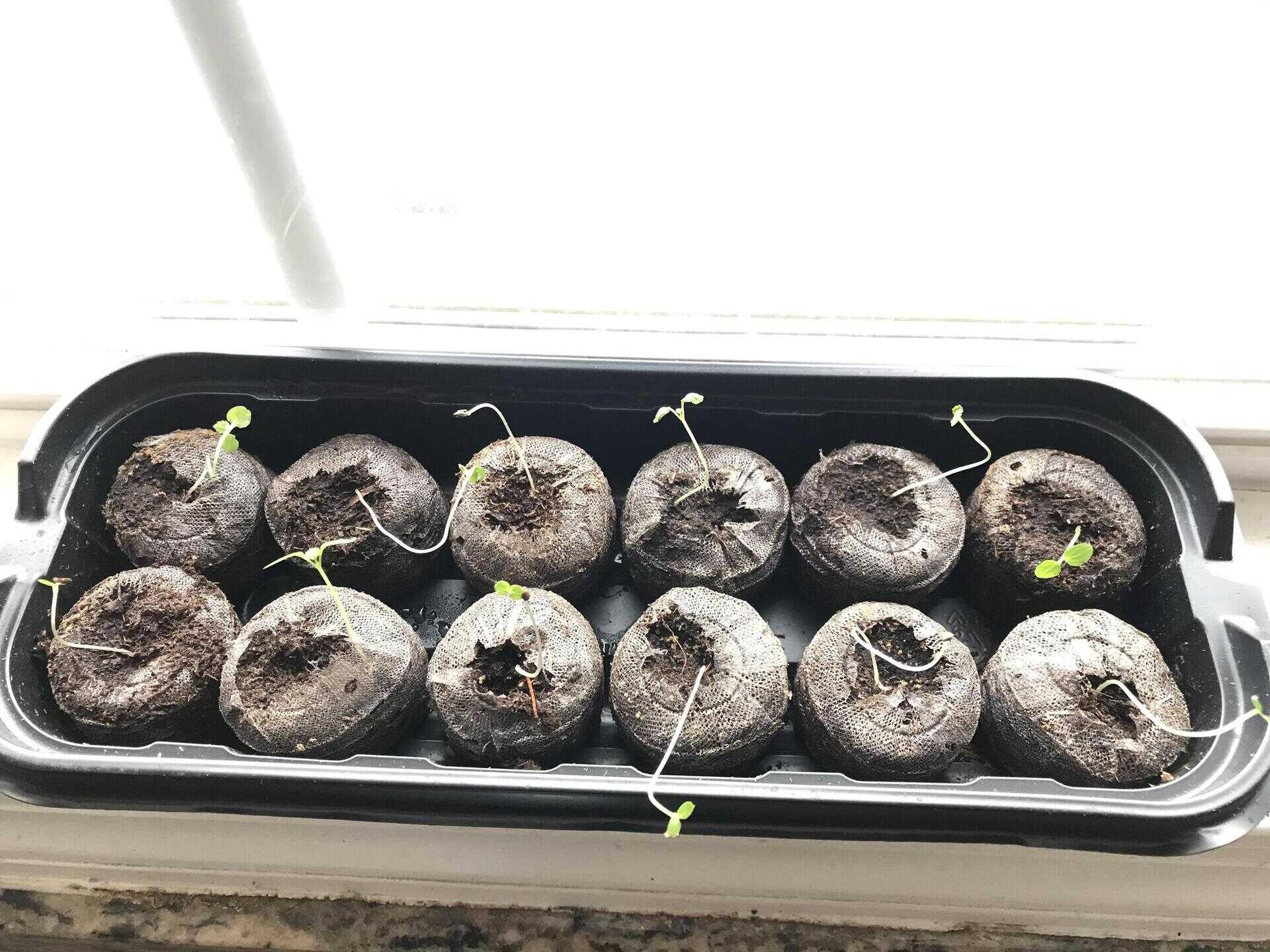
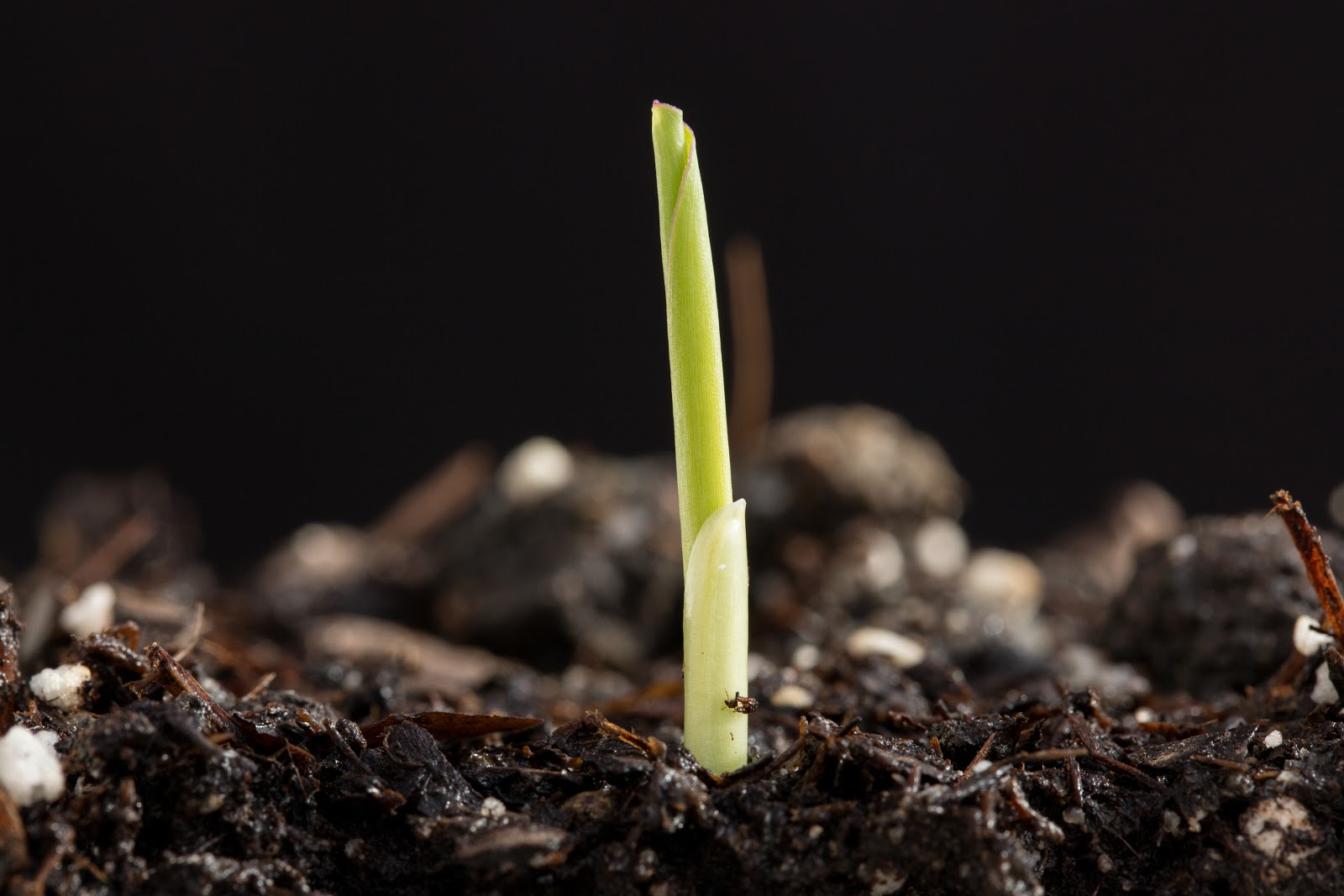
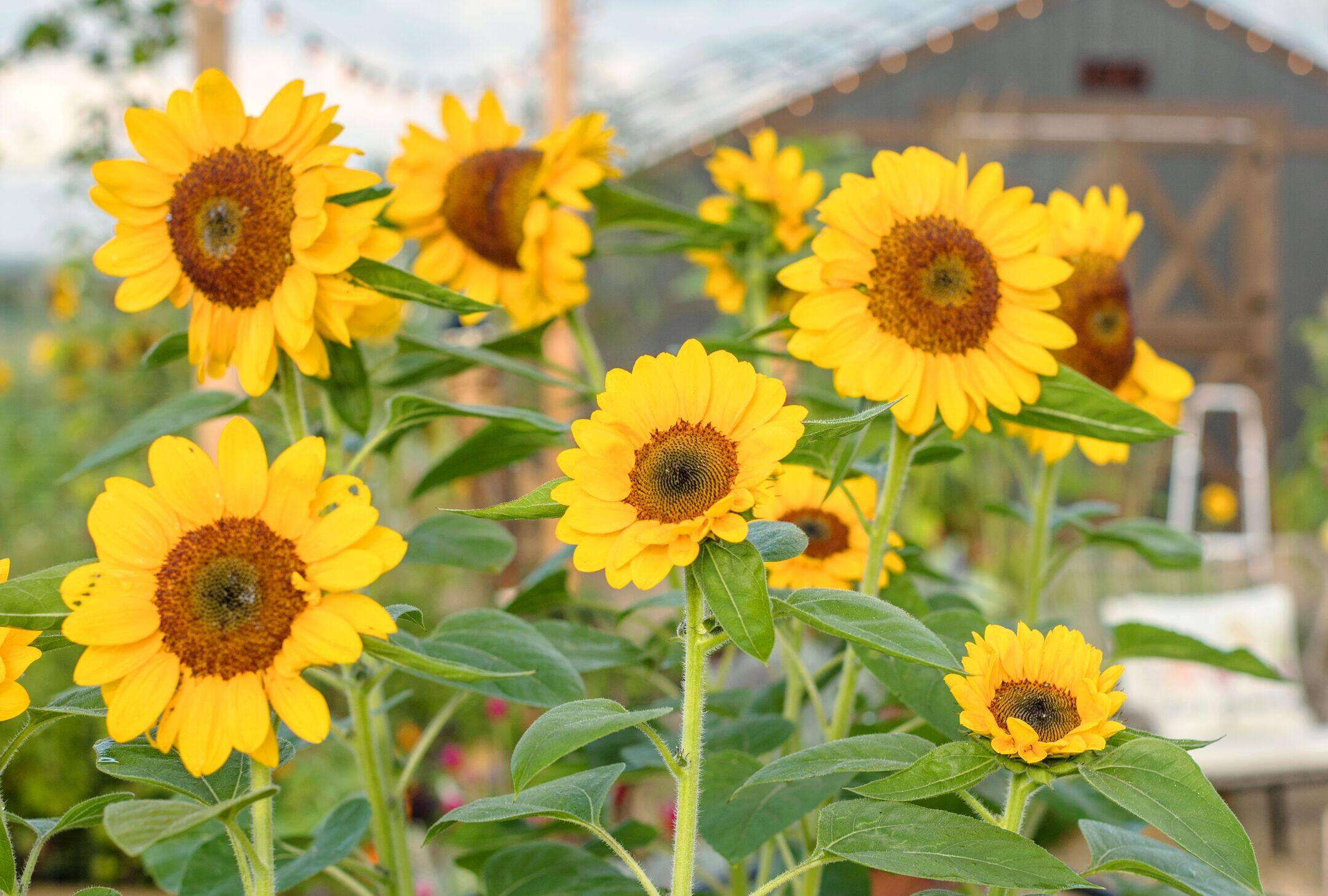
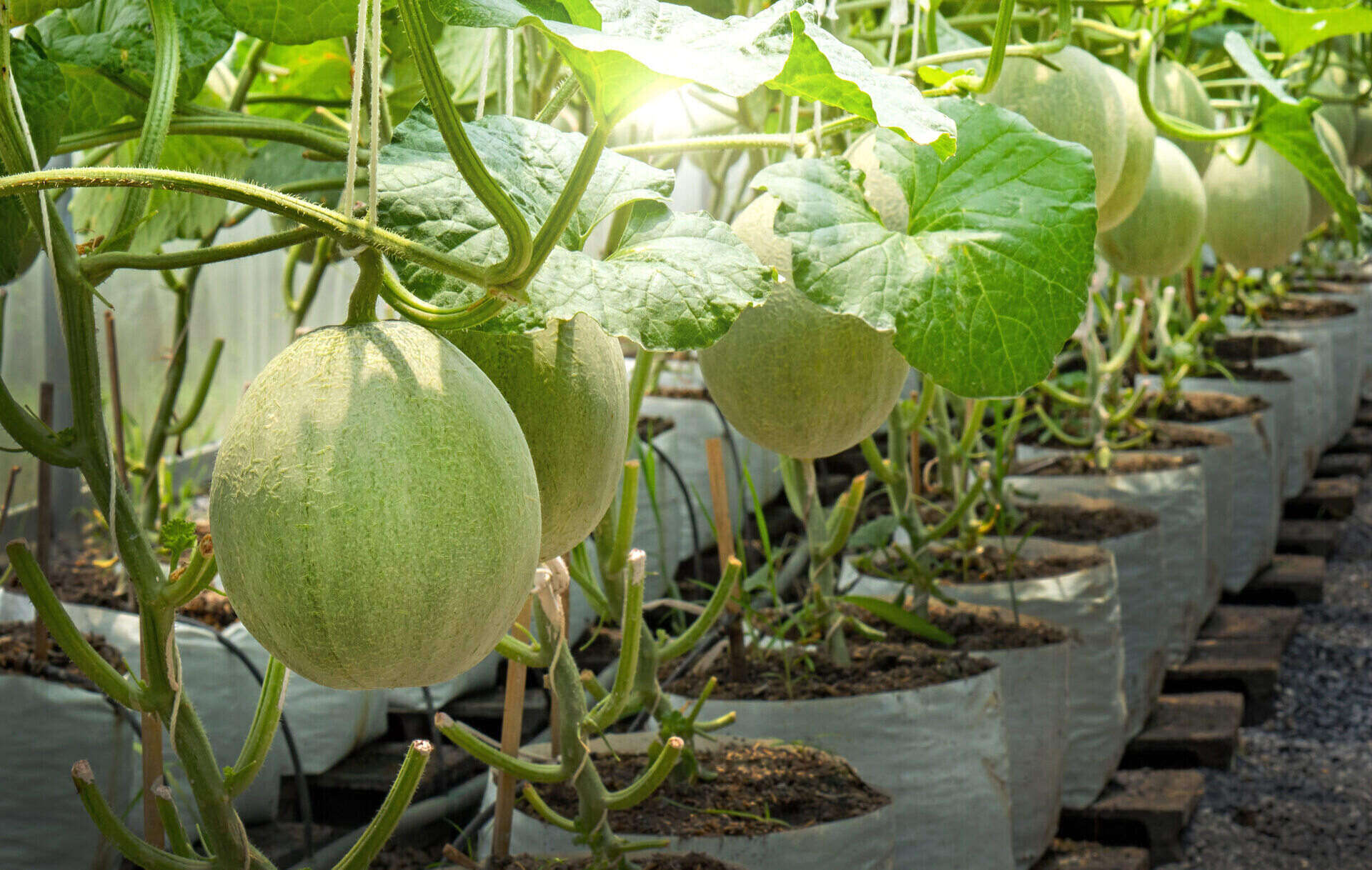

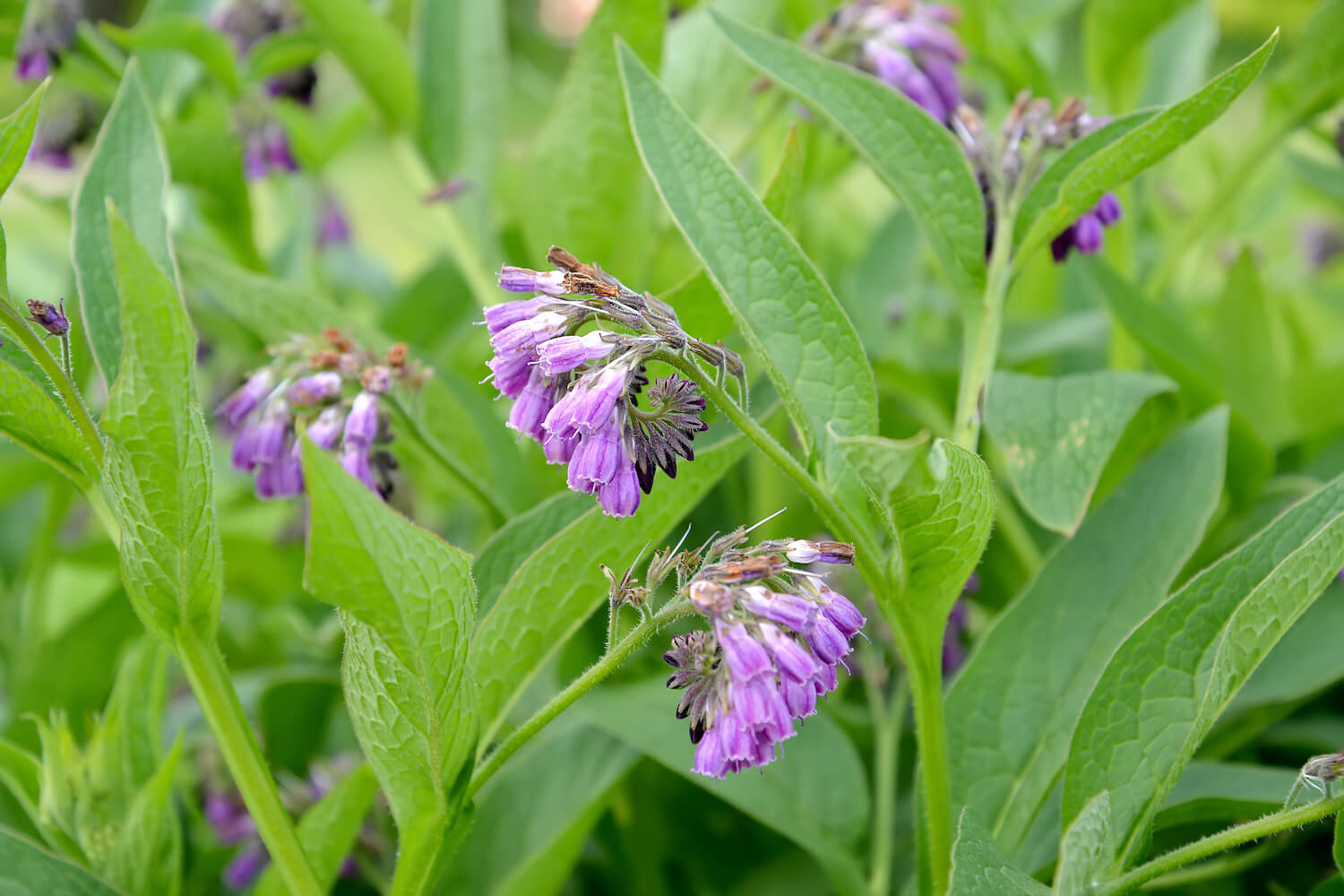
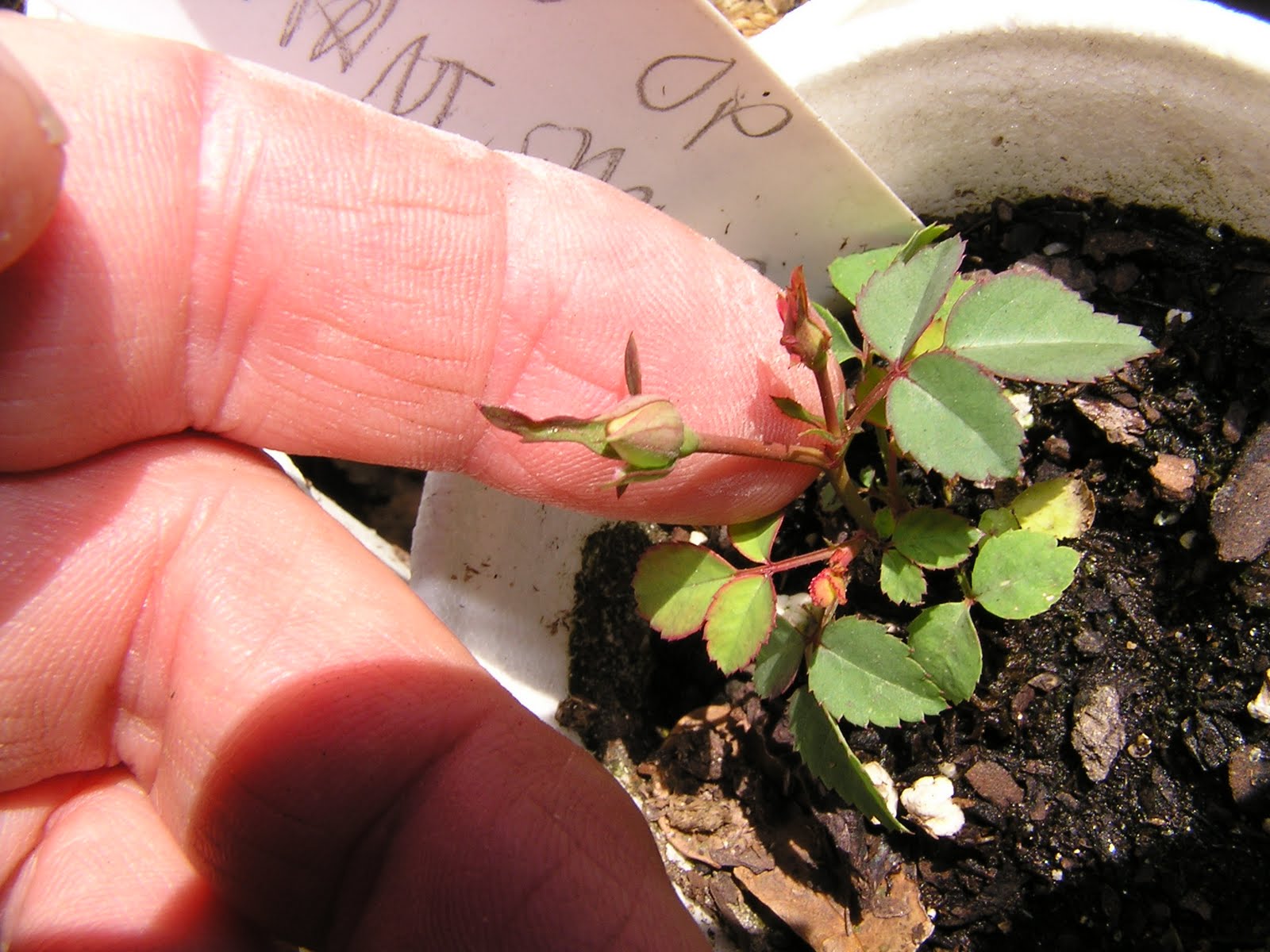
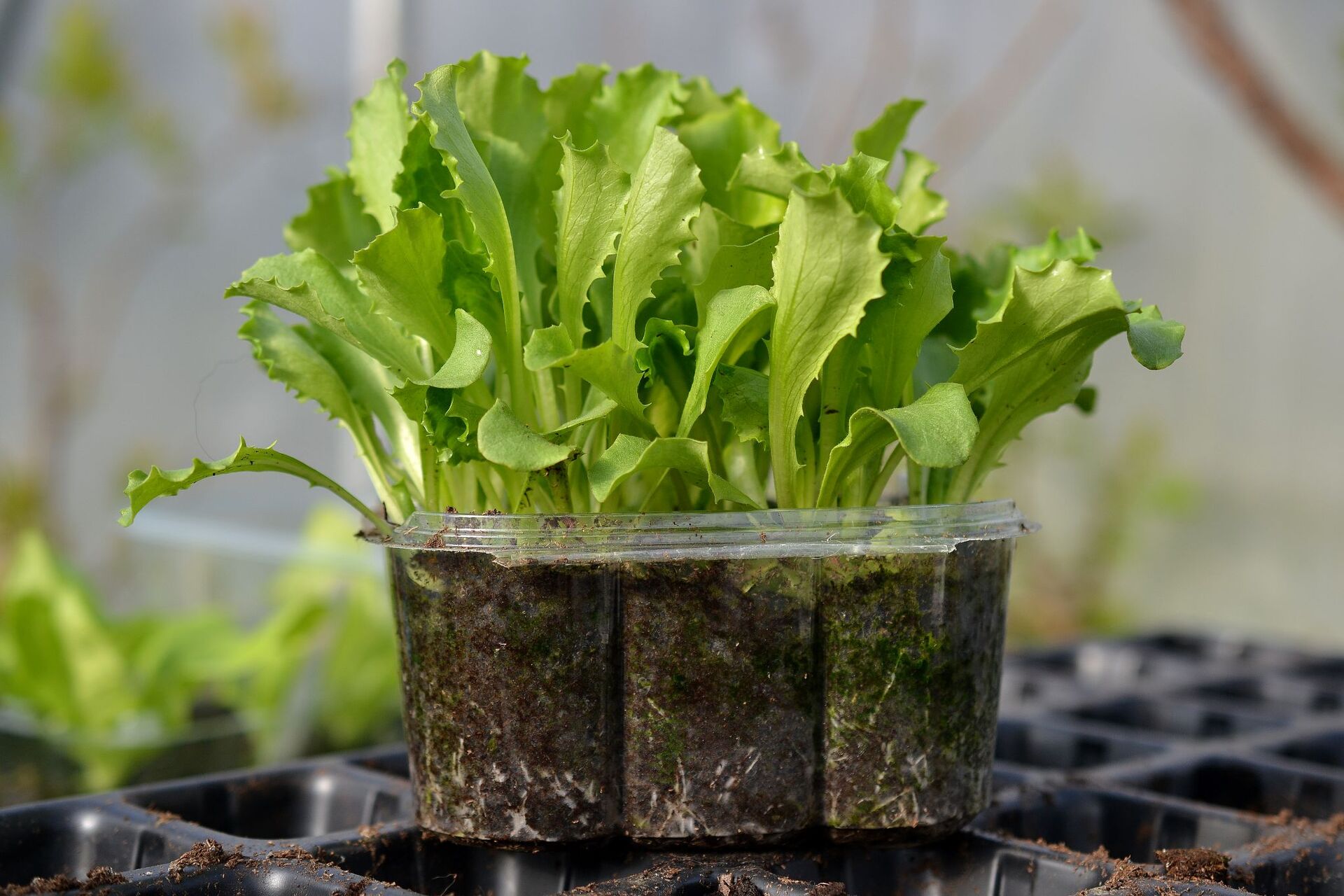
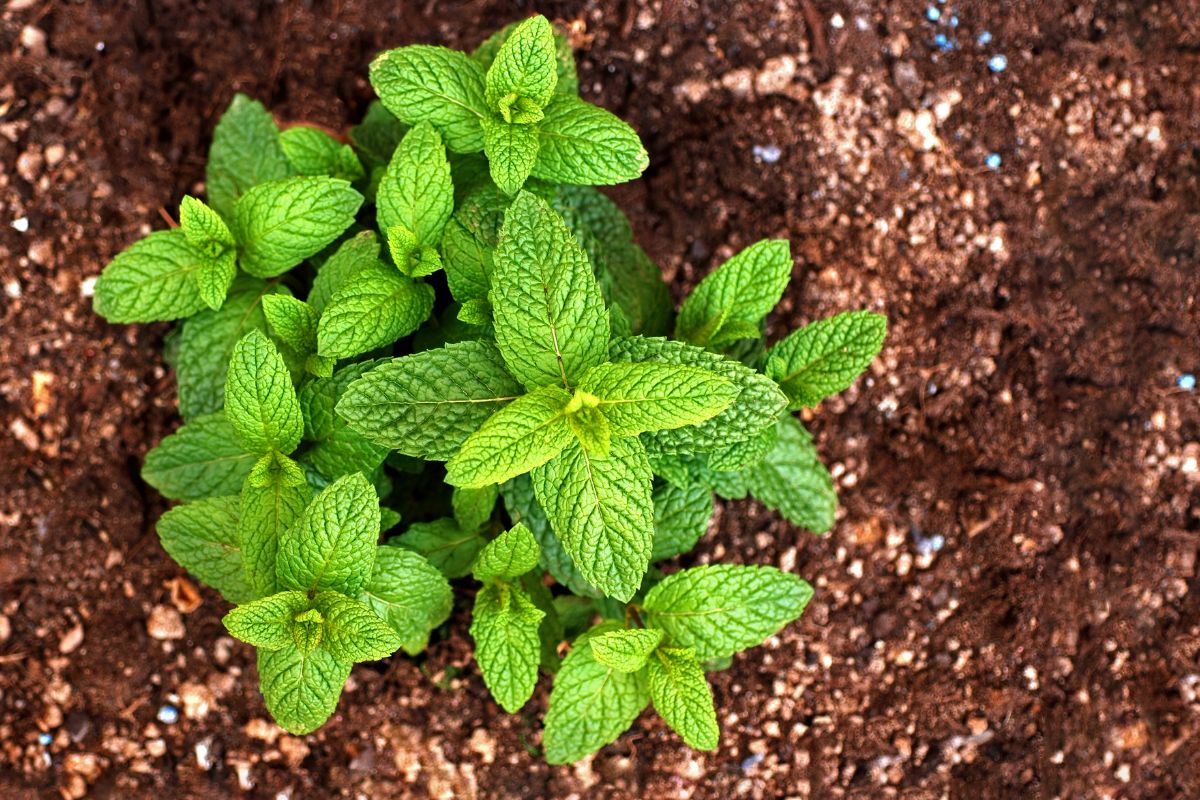

0 thoughts on “How Long Does It Take To Grow Carrots From Seeds”